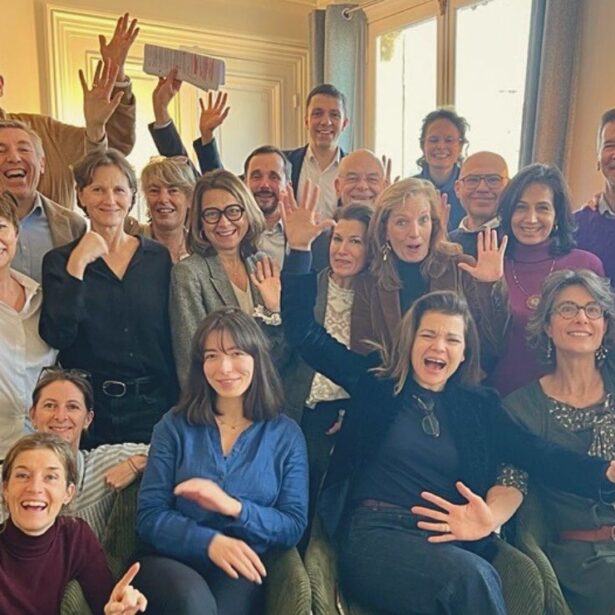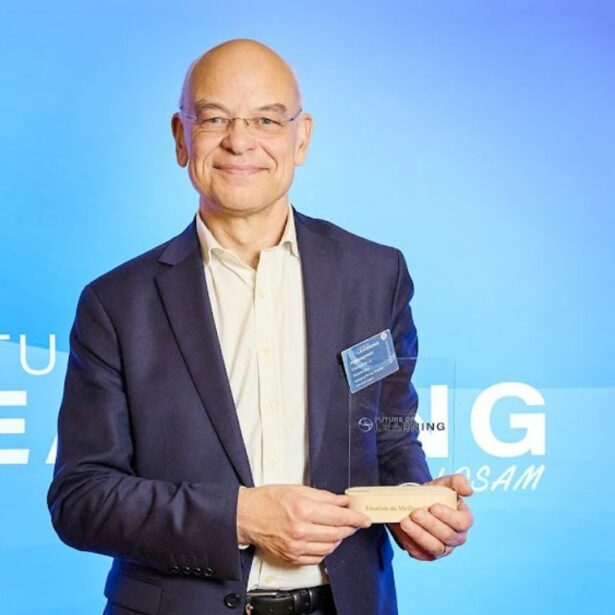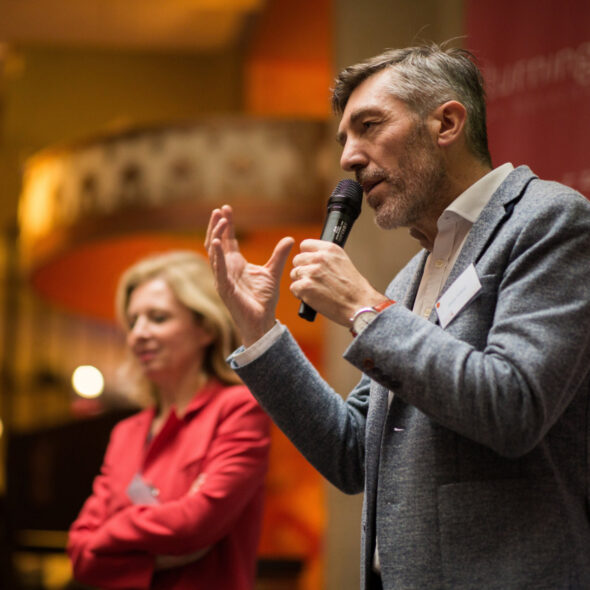Transforming News
Why do so many capable, committed women still find themselves stuck on the path to leadership?

Christina Khoo has spent over 25 years in the financial services industry and now works as a senior executive coach and Managing Director of Turningpoint Asia. From boardrooms in Hong Kong and Singapore to leadership programs throughout Asia, she’s worked with women leaders across Asia who are navigating far more than their job descriptions, unspoken expectations, invisible biases, and the weight of tradition.
Christina doesn’t just coach women through these challenges; she helps organizations see what needs to change. In this article, she shares what’s really holding women back, the quiet strength she sees in those rising through the ranks, and the shifts that give her hope for the future of leadership.
The challenges women leaders face today
Christina sees a range of challenges that women encounter on their leadership journey across Asia. Cultural expectations often place women in a difficult position, with deep-rooted norms around hierarchy, harmony, and “face” culture influencing how women are expected to behave. Unlike their male peers, women frequently have to balance being visible and assertive with being appropriately deferential and diplomatic.
Beyond culture, women carry the burden of heavy workloads and long hours, not unlike their male counterparts, but they also often carry the double shift of managing professional and domestic responsibilities. This often leads to burnout and can sometimes limits career mobility. Despite delivering strong results, women struggle with visibility. Recognition is not always automatic, and self-promotion can be complicated by cultural and personal tensions.
Another barrier is the persistent networking gap. Success often depends on relationships, but many women find themselves on the margins of male-dominated and culturally exclusive networks. Even when flexible work policies exist, women often face stigma for using them, as visibility continues to be wrongly equated with commitment.
These challenges are consistent across countries in the region, from Singapore to Japan, Hong Kong and India, underscoring the universal nature of these issues despite local differences.
What organizations can do to support women’s leadership
Christina emphasizes that isolated programs or policies are not enough to create lasting change. Instead, organizations must drive a true cultural shift that integrates inclusion into everyday leadership and operations.
First, mindset change is essential. Inclusion should not be a box-ticking exercise but supported by clear accountability and measurable progress. Companies need to track gender representation at all levels, and women must be actively considered for high-impact and visible roles, not just supportive ones.
Second, flexibility must be normalized for everyone. When flexible work is seen as a special concession, it undermines perceptions of leadership potential. Instead, organizations should focus on outcomes rather than office hours, redefining what leadership looks like in a modern workplace.
Third, companies should create brave spaces where honest conversations about gender, leadership, and bias can happen. In cultures where hierarchy and silence often prevail, leaders who show vulnerability and curiosity can set a tone that encourages real progress.
Christina also sees hope in the new generation of women leaders. They are more willing to break free from traditional roles and challenge outdated norms. What they need is support to turn their courage into lasting impact. Many of the women Christina coaches today stand out because they take ownership of their careers and identities. They give themselves permission to step outside others’ expectations and carve their own paths without shrinking themselves.
Christina’s message is simple: “What women need isn’t fixing — it’s space to lead as they are.” For organizations, the call is unmistakable: stop ticking boxes, start shifting cultures. Because when women rise on their own terms, everyone wins.

Inspiring News
Happy New Year 2026!

Inspiring News
Insights from TP Lab on December 4, 2025

Inspiring News
An inspiring evening at the Ritz Paris

Inspiring News
Co-creating insight with our clients

Transforming News
Research conducted by the Chair of Organizational and Work Transformation at Sciences Po, sponsored…
Turningpoint’s approach to transformation is based on the systemic, appreciative and narrative methods of resource-oriented collective intelligence, as opposed to the more traditional corrective approach. These approaches and tools can be deployed for teams and large groups.

Turningpoint specializes in executive individual and group leadership and coaching and development.